Description
The Shure SM57-LCE microphone, also known as the legendary workhorse, is a dynamic microphone that has been a favorite among musicians and sound engineers for over 50 years. This microphone is known for its versatility and durability and has been used to record some of the most iconic songs in music history.
The Shure SM57-LCE is a cardioid microphone, which means that it is most sensitive to sound coming from the front and least sensitive to sound coming from the sides and rear. This makes it ideal for live performances and recording sessions where there is a lot of surrounding noise. Its frequency response is also tailored to accentuate the midrange frequencies, making it perfect for capturing the sound of guitars, drums, and other instruments.
The SM57-LCE has a rugged construction, featuring a die-cast metal body and a steel mesh grille that protects the microphone from damage caused by drops, bumps, and other accidents. It also has an internal shock mount system that helps reduce handling noise and makes it easy to hold without worrying about unwanted sounds.
One of the most notable features of the SM57-LCE is its ability to handle high sound pressure levels. This makes it ideal for recording loud guitar amps and drums without distortion or clipping. It is also capable of picking up quieter sounds, making it versatile enough to record a wide range of instruments and voices.
In addition to its use in recording studios and live performances, the SM57-LCE is also commonly used by podcasters and reporters to capture high-quality audio on the go. Its compact size and portability make it easy to carry in a bag or pocket, and its rugged construction means it can withstand the rigors of frequent use.
Overall, the Shure SM57-LCE microphone is a classic piece of audio equipment that has stood the test of time. Its versatility, durability, and high-quality sound make it a must-have for any musician, sound engineer, or audio enthusiast.
Handheld Microphones, Instrument
Shure SM57-LCE properties
| Product name | SM57-LCE |
| Type | Microphone |
| Placement for Microphone | Handheld Microphones |
| Suitable For | Instrument |
| Polar Patterns | Cardioid |
| Microphone Type | Dynamic |
| Wireless | No |
| Type of Instrument | Drums and Percussion |
| XLR | Yes |
| Height | 15.7 cm |
| Depth | 3.2 cm |
| Width | 3.2 cm |
| Weight | 284.0 g |





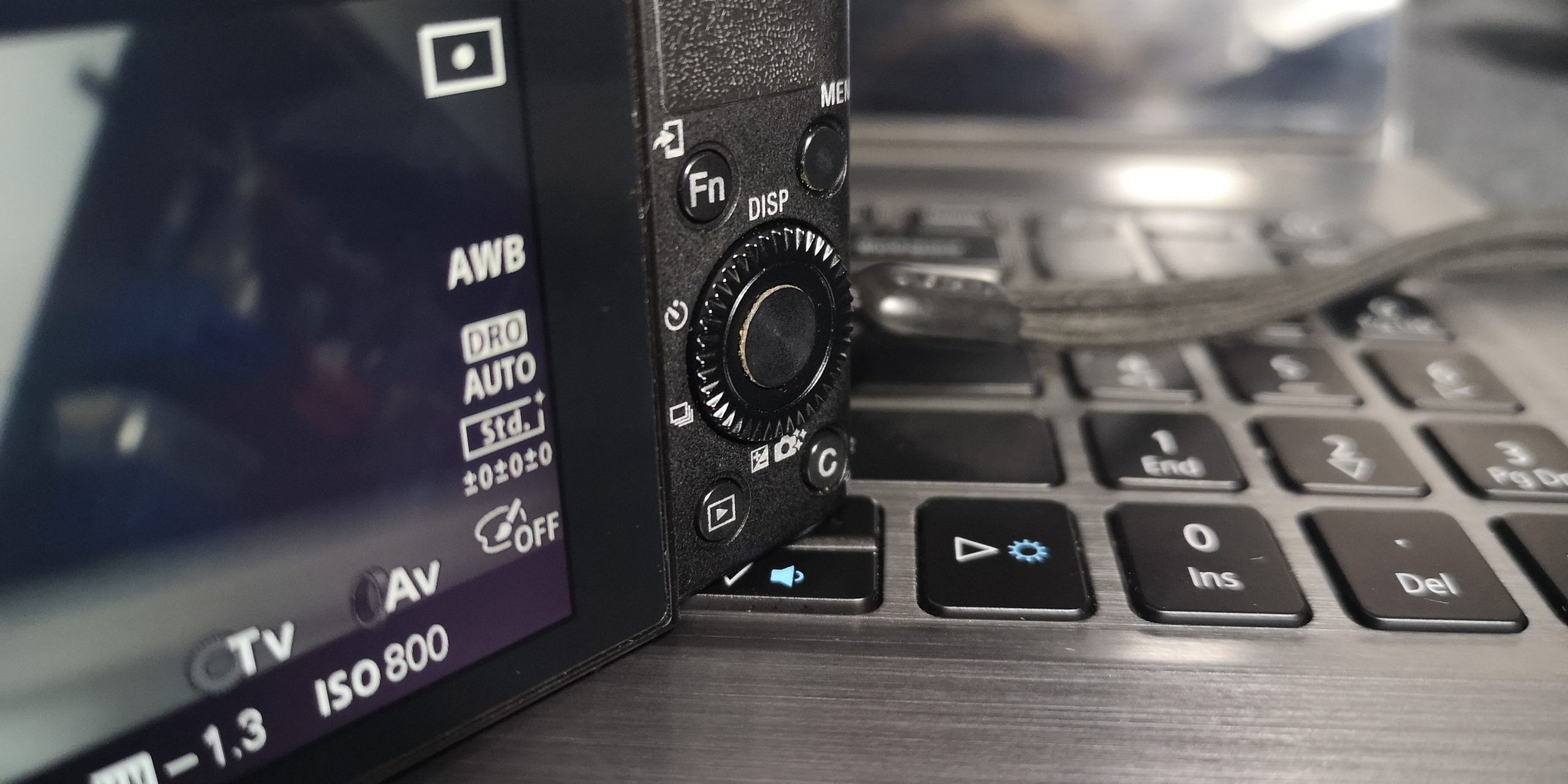
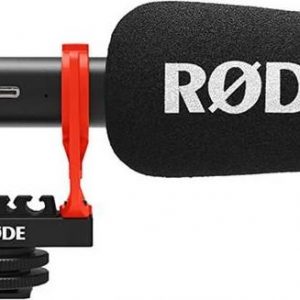
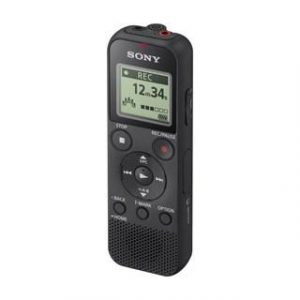
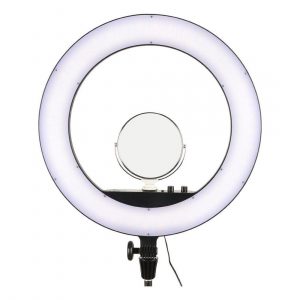
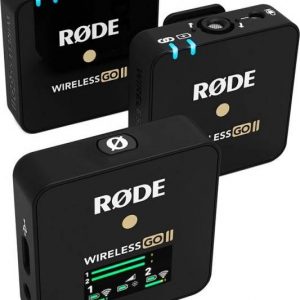
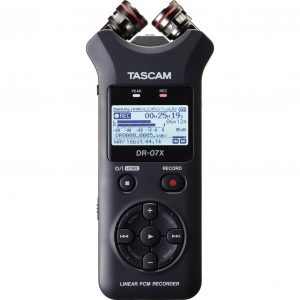

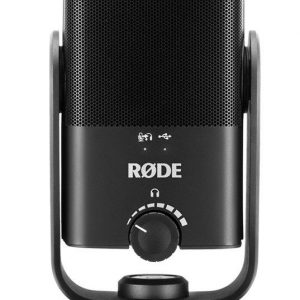
Kenneth –
As a diehard fan of folk punk music, I was on the hunt for a microphone that could capture the raw energy and emotion of my favorite artists. After extensive research, I stumbled upon the Shure SM57-LCE and knew it was exactly what I needed. This little orange dynamo has not only transformed my own live performances but also my home recordings, allowing me to truly bring out the best in my voice and guitar.
One funny story about my Shure SM57-LCE actually involves a home help situation. My mom, who is an avid cook, was preparing her famous orange chicken one evening when suddenly she realized that she had forgotten the ginger garlic paste. In a panic, she asked me to fetch it from our pantry, which was located in another room. I eagerly grabbed my trusty Shure SM57-LCE and set out on this mission, determined to get the job done as quickly and efficiently as possible. Little did I know that this would turn into a wild goose chase, as the paste had somehow managed to disappear from its usual spot!
Fast forward a few weeks later, and my Shure SM57-LCE has arrived safely at 55 James St, Toronto, ON M5H 3R3, Canada. I was initially apprehensive about ordering online due to the pandemic, but Shure’s efficient delivery system put my mind at ease. After all, my beloved microphone deserved nothing but the best treatment on its journey to me!
Now, let me tell you, there is a stark difference between amateur and professional use of the Shure SM57-LCE. As an aspiring musician, I used to rely heavily on my smartphone’s built-in microphone for recordings. But after discovering the power of the Shure SM57-LCE, I was blown away by the dramatic improvement in sound quality and clarity. Suddenly, every note and nuance became crystal clear, allowing me to truly connect with my audience both in person and online.
However, it’s not just about the technical aspects of this microphone – there’s a certain mystique that comes with owning an iconic brand like Shure. The Mute Button, for instance, is a feature that I initially dismissed as unnecessary. But after experimenting with it during a recent live performance, I realized its true potential. By muting the mic between songs or to cut out background noise, I was able to create a more polished and professional-sounding set overall. It’s the little things like this that truly set the Shure SM57-LCE apart from other microphones on the market.
In conclusion, if you’re looking for a microphone that can deliver exceptional sound quality, versatility, and reliability, look no further than the Shure SM57-LCE. Whether you’re a seasoned musician or a budding artist like myself, this little orange dynamo has got your back. And who knows – maybe it will even inspire you to whip up some delicious orange chicken while you’re at it!
Adelynn Tanner –
I must say, I’m utterly bewildered by Kenneth’s glowing review of the Shure SM57-LCE. As I sat here, sipping my morning coffee and marveling at the wonders of modern technology, I stumbled upon an article that left me aghast with amazement – Leaf-Like Solar Concentrators Could Majorly Boost Solar Efficiency. These revolutionary new devices have the potential to transform the way we harness renewable energy, and it got me thinking about just how far behind the times Kenneth’s review really is.
Let’s start with the basics. The Shure SM57-LCE is a dynamic microphone designed for live performances and recording applications. It’s a great tool for musicians who need a reliable and rugged mic that can withstand the rigors of touring and frequent use. But, as Kenneth himself notes, it’s not exactly a game-changer in terms of sound quality or innovation.
In fact, I would argue that the Shure SM57-LCE is a rather…pedestrian choice for a microphone. It’s a tried-and-true design that’s been around for decades, and while it may be reliable and easy to use, it’s hardly the most exciting or cutting-edge technology out there.
And yet, Kenneth seems utterly enamored with this microphone, crediting it with transforming his live performances and home recordings. I’m not sure what kind of magic he’s talking about, but from my perspective, it just looks like a fairly standard dynamic mic that gets the job done without setting the world on fire.
Furthermore, Kenneth’s review is full of…well, let’s call them quirky anecdotes. The story about his mom losing the ginger garlic paste and him using the microphone to fetch it? It’s a cute little tale, but hardly relevant to the actual performance or quality of the Shure SM57-LCE.
In fact, I’d argue that Kenneth’s review is less about the microphone itself and more about his own personal experiences and biases. He mentions the mystique of owning an iconic brand like Shure, but that just seems like a way of rationalizing why he chose this particular mic over others.
So, all in all, I have to respectfully disagree with Kenneth’s glowing review of the Shure SM57-LCE. While it may be a solid choice for musicians who need a reliable and easy-to-use microphone, it’s hardly the revolutionary game-changer that Kenneth makes it out to be. And let’s not forget – there are far more exciting and innovative technologies out there waiting to be explored and discovered!